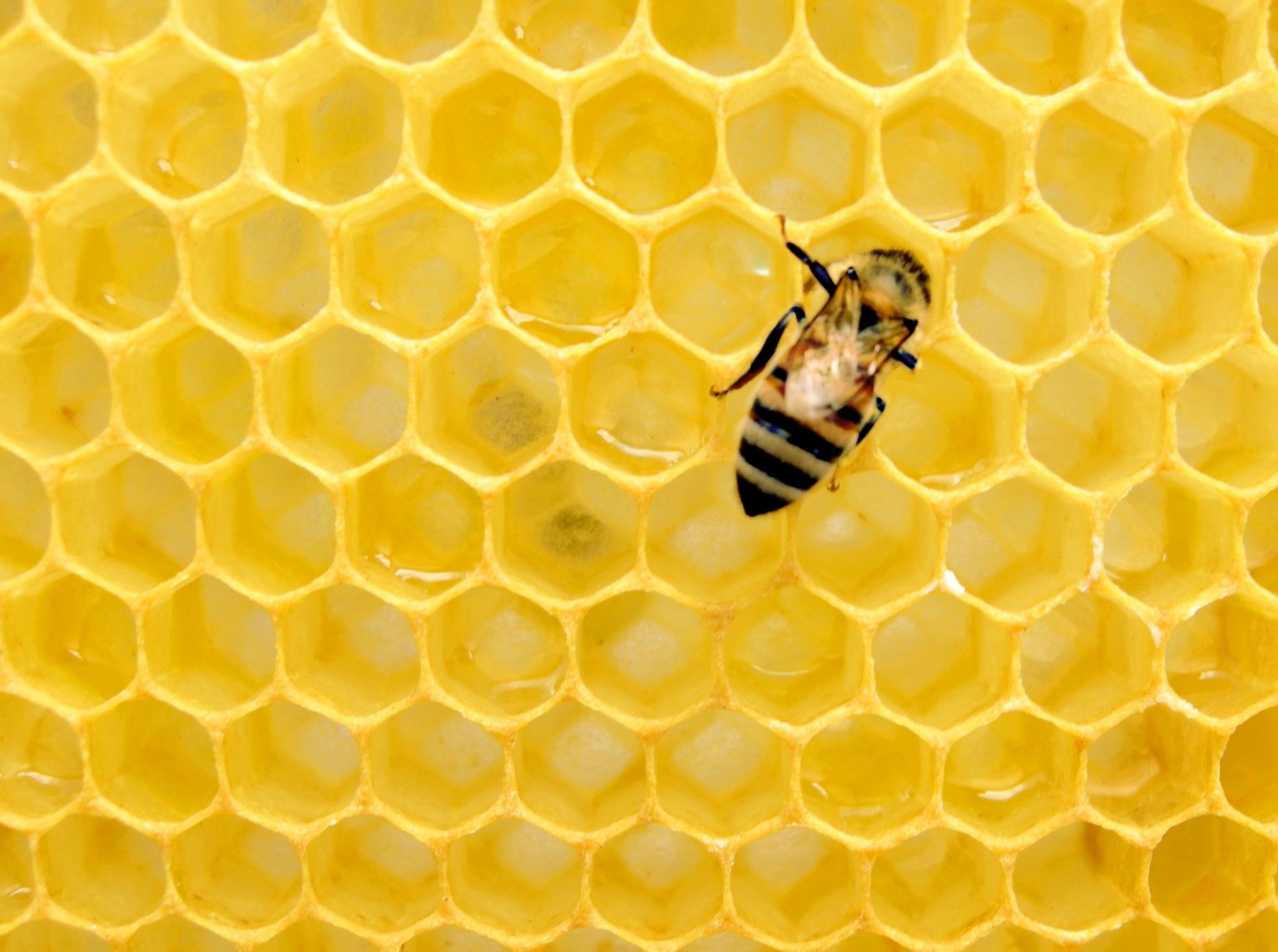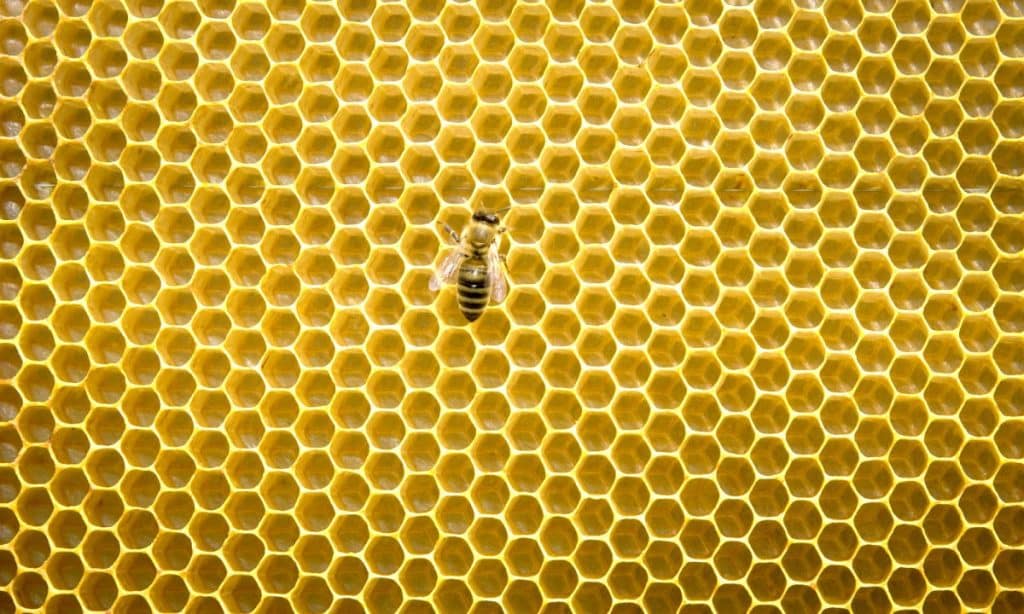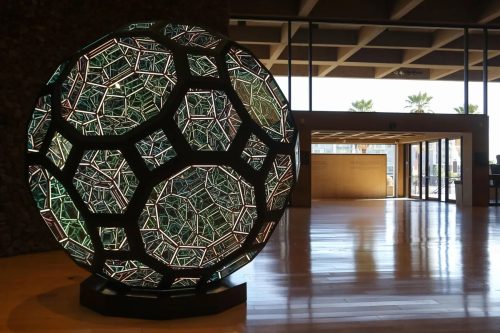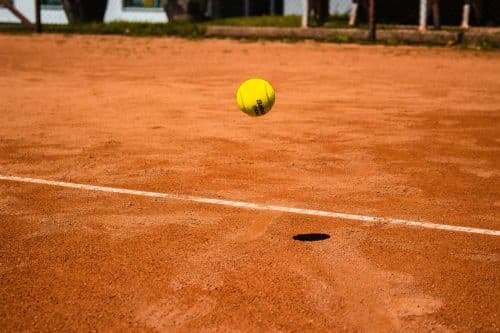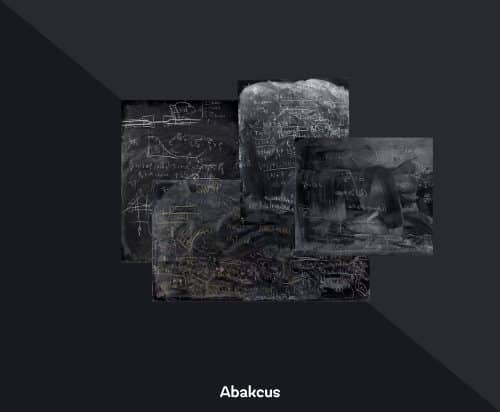“…that vast book which stands forever opened before our eyes, I mean the universe, … cannot be read until we have learned the language… It is written in mathematical language, … without which… it is humanly impossible to comprehend a single word.”
Galileo, the Father of Modern Science.
Everyone knows about honey bees. However, the bees have known what human mathematicians didn’t know for thousands of years. A honeybee may be the most extraordinary creature in the universe. Its body is beautifully patterned, can fly wherever it wants, spends its time near beautiful flowers, produces the most delicious and incredible substance in nature, honey, and, most importantly, it is a great mathematician. The amount of knowledge they have of the world around them is comparable to graduating from the best science and engineering schools. They show us that mathematics is the language of nature and science. Aristotle was one of the first to document the intriguing behavior of honey bees. For centuries afterward, mathematicians have been become fascinated with bees.
I can announce with certainty that if Jon Snow was the King in the North, honey bees are kings in the insect kingdom. They have proven to be surprisingly intelligent compared to other creatures in the animal kingdom.

There is a famous misquote:
“If the bee disappears from the surface of the earth, man would have no more than four years to live.”
Humans could not understand the perfection of honey bees which were made by the Creator, until the discovery of mathematics. But what makes honey bees nature’s greatest mathematicians? So far, we have five reasons to believe so:
• They have the ability to produce a geometrically impressive waxy comb. • The reason why they prefer hexagons over other shapes. • They can quickly solve the “Travelling Salesman Problem.” • They can grasp the idea of zero. • They can solve simple and basic mathematical questions.
A two-week-old honeybee basically becomes a wax printer. It can convert sugar from the honey into a waxy substance. At this point, an utterly impressive thing happens. A honeybee and its friends make arguably one of the most mathematically and architecturally efficient designs around a beehive, even though they have never studied theories of tessellations or engineering. But why does design matter to a bee? It is because of the material, wax.
Wax is extremely valuable to the bees, and it is an expensive task to build a honeycomb. Thousands of honey bees travel thousands of miles, spend hundreds of thousands of hours to find nectar, transform it into wax, and then fashion the wax to a precise pattern. All those steps make a honeycomb very valuable.
For the construction of a honeycomb, honey bees have to know the economy. They cannot make random shapes to make storage for the honey. There must be a geometrical shape that is more economical to build than any other. Here, “more economical” means honey bees need a shape that requires the least amount of wax to build and stores a lot of honey. In other words, the smallest lateral surface area and the maximum capacity. It is a mathematical approach.
For instance, a circle cell can be only economical if it stands alone. However, if you put circle cells together, they cannot be logical for the honeybee storage system. If you put circles together to make a tessellation or a pattern, you will notice gaps and wasted space between them. A good economist doesn’t want any gaps. Furthermore, if they insist on making circular cells since no walls can be shared, they have to make separate cell walls for every cell, which is again a waste of wax material and time. That’s why honey bees need to work with regular polygons.
Here, there is something important I want to clarify. Some people think that honey bees first used circular cells or other shapes of cells. After the evolution and trial-and-error, they finally got the best solution. I want to ask just one simple question: Has there ever been a honeycomb fossil made of a different shape than a hexagon? No! For as long as they have been around, they have been using hexagonal cells.
A triangle, a square, a pentagon, a hexagon, and other blablagons are the options to choose to tessellate cells efficiently. For these shapes, one wall can do the work of two. It is a better way to save on material. If honey bees had not been smart, they could have gone with any one of these as their cells’ shape. Thank the divine force again; they went with the most magical and ideal structural shape, the hexagon. Modern science has proved this many times. By going with a hexagon, they can use the least amount of wax to build their cells yet have the most storage space to keep their honey afterward. We need to prove this claim now.

There is an interesting experiment to show why the hexagonal honeycomb is the best. Get six cups surrounded by a belt. Pull the belt slowly and jostle the cups lightly. Eventually, if you keep pulling, you will get the honeycomb pattern with six cups arranged like those in a honeycomb- hexagonal.
Now, let’s look at why the hexagon is better than the other shapes mathematically. Here we need to answer these questions:
1- How should the volume be divided into shapes of equal size using the minimum amount of material? 2- What should the shape be?
These are deceivingly simple questions with very complicated answers. They are some of the oldest questions in history. Mathematicians call it “The Honeycomb Conjecture.” This article by Thomas C. Hales has many pages on the topic, explained with complex mathematics.

